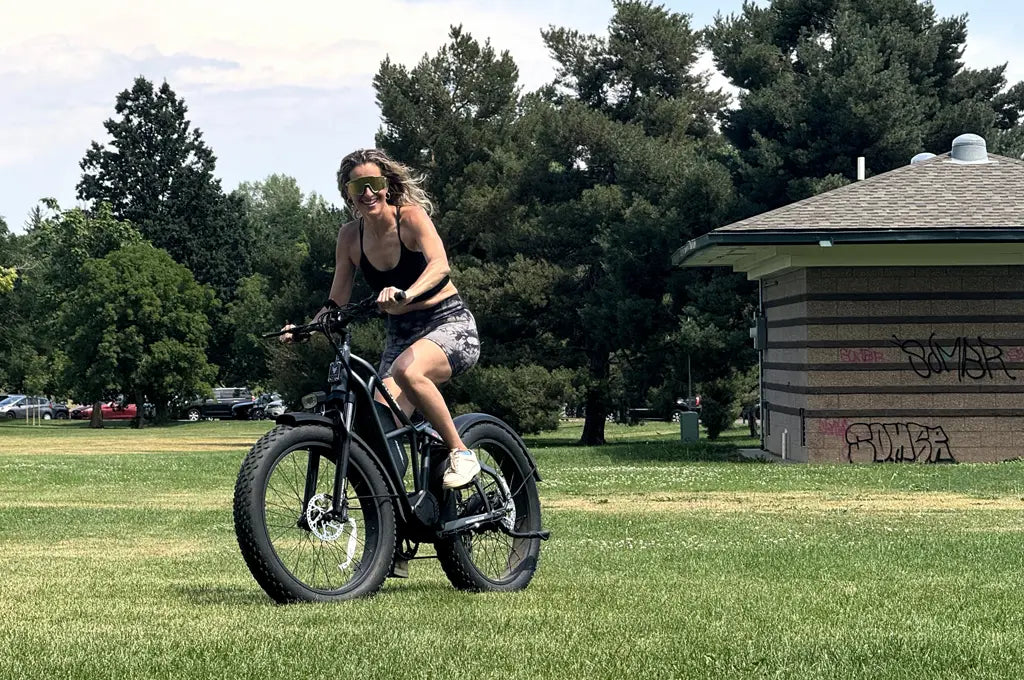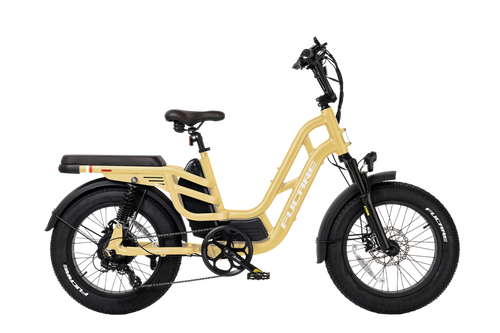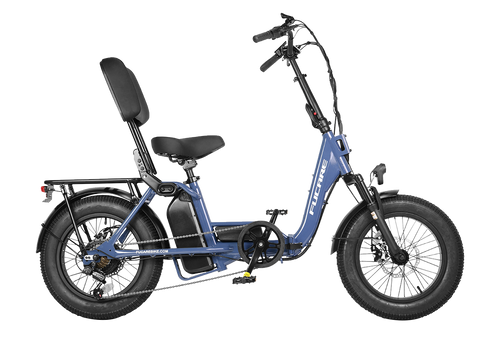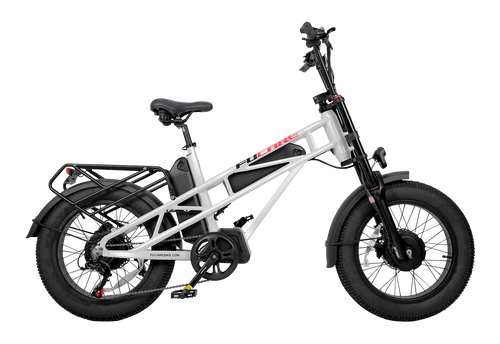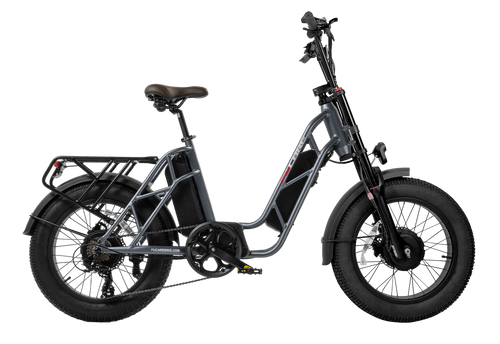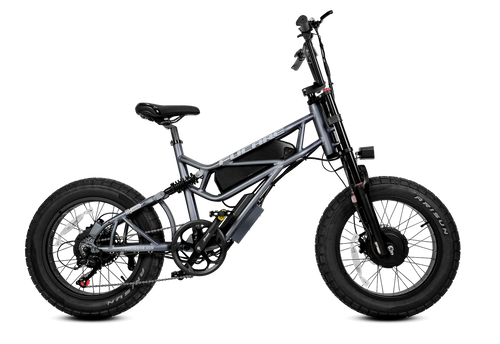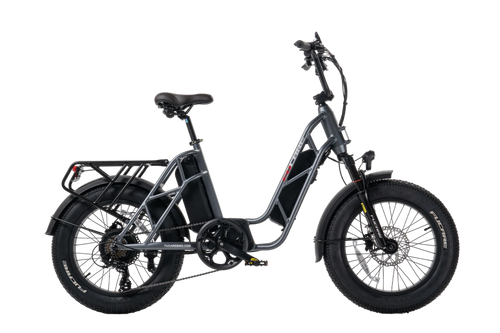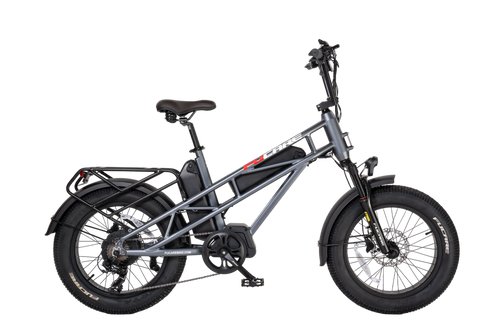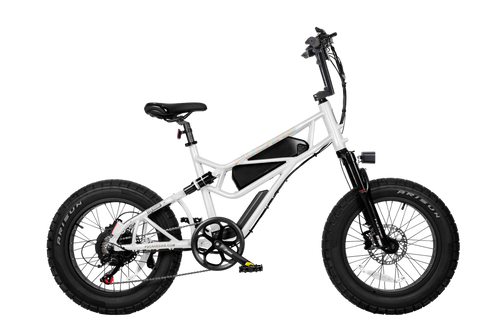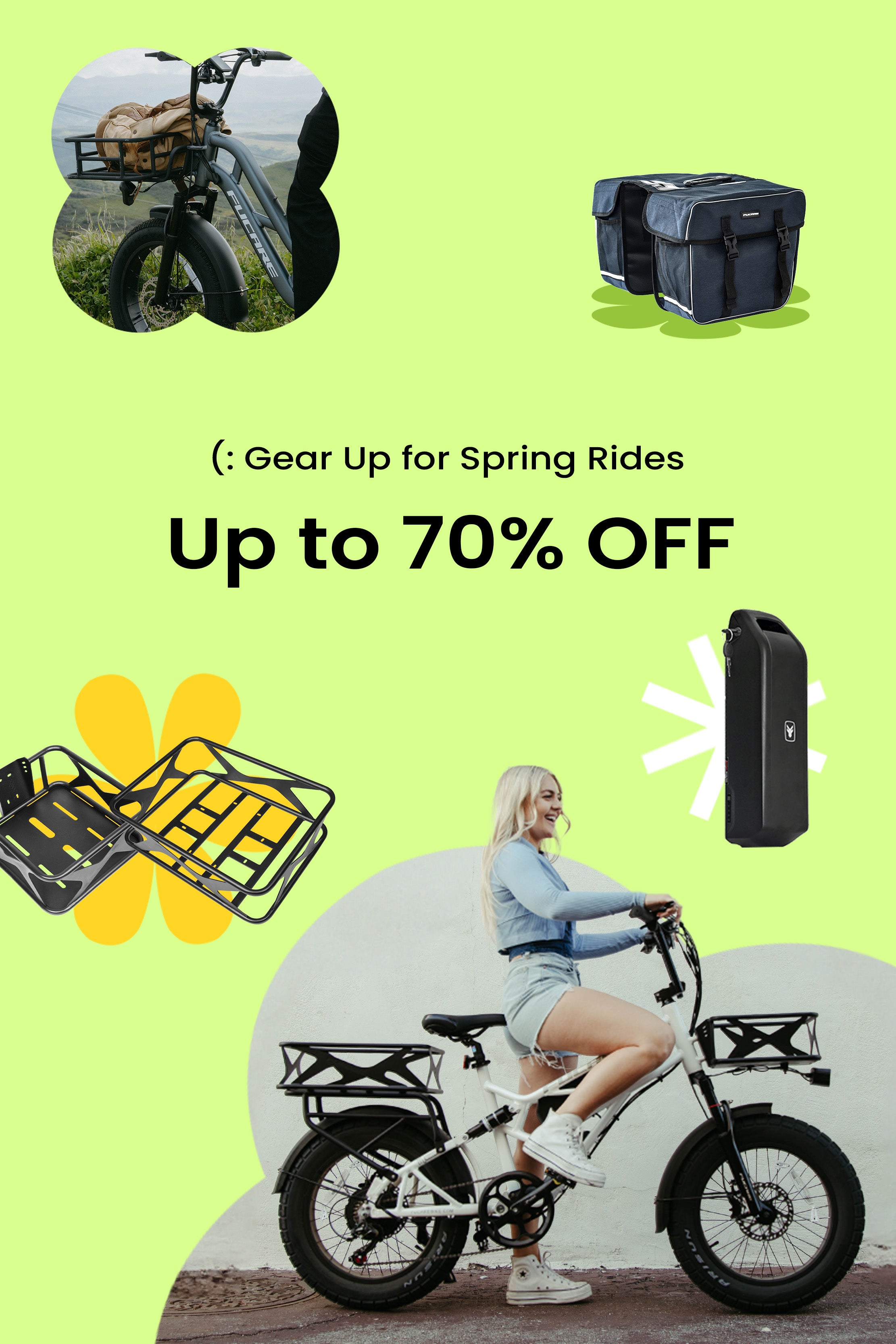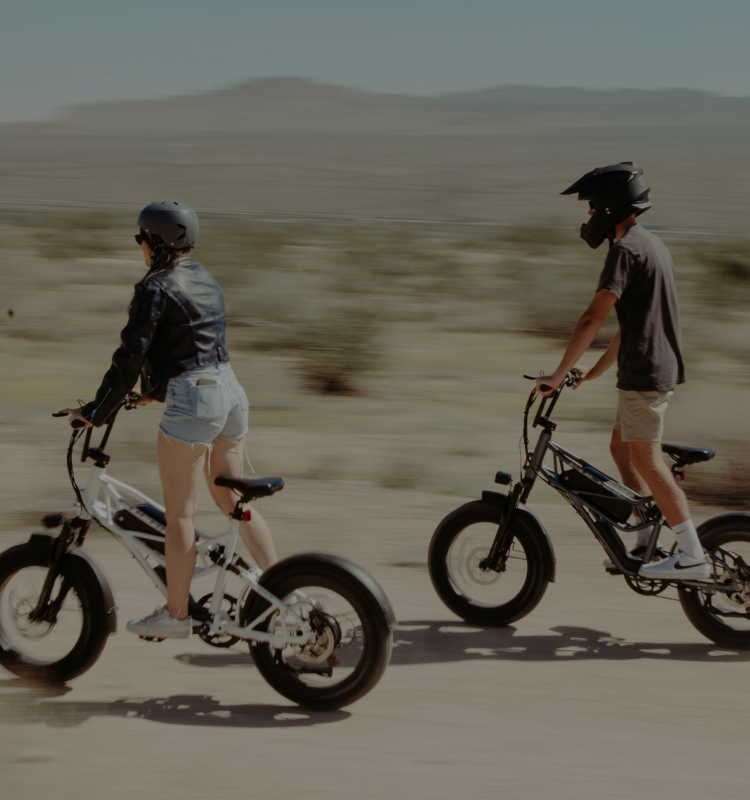How To Get Confidence Riding In Traffic With No Bike Lanes
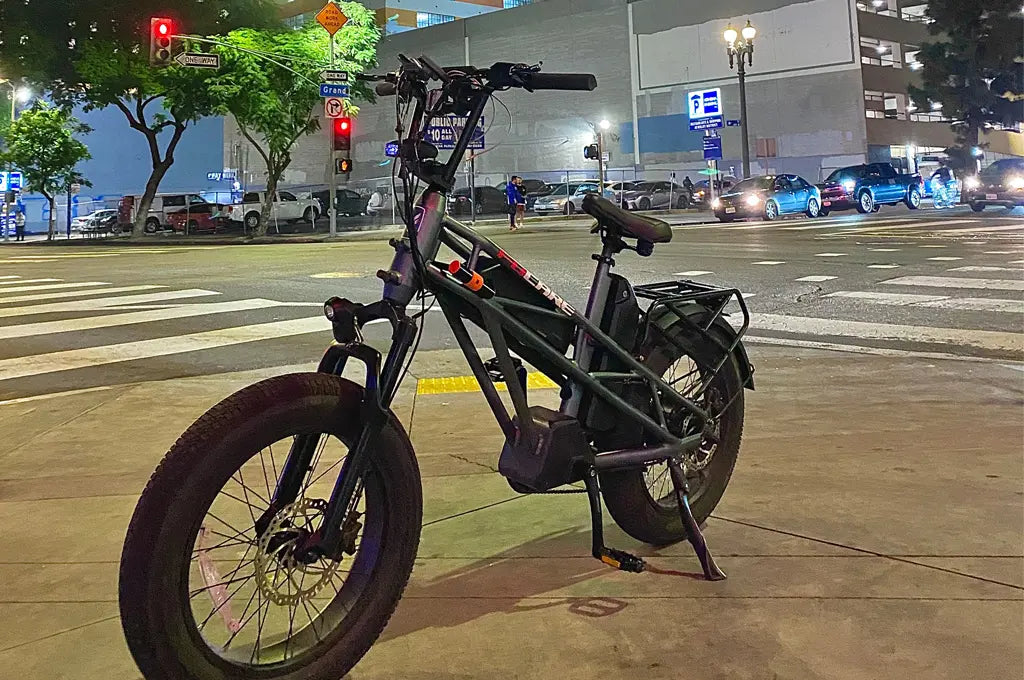
Riding in traffic with no bike lanes is no joke—especially if you’re just getting back on a bike after years off, and now you’re doing it on a zippy new e-bike. The streets feel busy, chaotic, and unforgiving. It’s easy to feel like a moving target.
But here's the truth: you can absolutely build the confidence to ride safely in traffic—even in areas with no bike infrastructure—if you take the right steps, learn smart habits, and know what to expect from both your bike and the drivers around you.
This article brings together hard-won wisdom from experienced riders to help you get there.
1. Take the Lane When You Match Traffic Speed
If you're riding 20–28 mph, it’s safer to ride in the center of the lane than hugging the curb.
Many new riders instinctively stay as far to the right as possible, thinking it keeps them out of the way. In reality, this can put you directly in the “door zone” or encourage drivers to pass dangerously close. The safest position on most urban roads is the center of the rightmost lane—especially if traffic moves around 20–25 mph.
Experienced riders and safety advocates call this “taking the lane.” It signals clearly to drivers that you belong there and forces them to change lanes to pass—exactly what you want.
2. Start Small to Build Your Skills and Confidence
Begin with quiet routes, then gradually introduce more complex traffic.
Confidence doesn’t come all at once. Start with low-stress areas like quiet neighborhoods and parking lots to relearn handling, braking, turning, and using your signals.
Then branch out:
-
Ride early in the morning when traffic is lighter.
-
Take quiet back roads or suburban side streets.
-
Use Google Maps or OSMand to find bike-friendly or low-traffic routes.
Even if the ride takes longer, less stress is worth the extra miles—and e-bikes make longer detours more doable.
3. Use a Rearview Mirror to See Without Looking Back
Mirrors give situational awareness without needing to twist your neck.
A handlebar mirror is a game-changer. Being able to see what’s behind you without craning your neck builds confidence fast.
You'll feel less anxious knowing when and where cars are approaching. It’s not just about safety—it’s about peace of mind.
💡 Bonus tip: If your full-face helmet limits your rear visibility, mirrors are even more essential.
4. Be Highly Visible, But Ride Like You’re Invisible
Lights, reflectivity, and clear signaling reduce your risk—but never assume drivers see you.
Visibility and predictability go hand-in-hand:
-
Use lights. Run both headlight and taillight day and night. Flashing modes are more attention-grabbing.
-
Wear bright or high-vis clothing. A neon vest may not be fashionable, but it works.
-
Signal your intentions clearly. Use blinkers or hand signals, but also look and make eye contact where possible.
-
Be boring. Don’t weave in and out of traffic. Hold a line. Move like a car. Avoid surprises.
One rider summed it up best: “Make yourself as visible as possible—and then ride like you’re invisible.”
5. Master Braking: It’s the #1 Crash Prevention Skill
Most e-bike crashes happen from poor stopping, not speeding.
Knowing how to brake confidently is crucial. Most crashes don’t happen because you go too fast—they happen because you don’t stop fast enough.
✅ Practice emergency stops from 20+ mph.
✅ Shift your weight back when braking hard.
✅ Use both brakes evenly—especially the front.
This skill needs to be muscle memory, not just a mental checklist.
6. Know When to Pull Over or Walk It
Sometimes the safest move is getting off the bike—no shame in that.
Sometimes, the best move is to pull over and wait for traffic to pass. Or even walk your bike across a sketchy intersection. There's no shame in that.
Other smart options:
Use the sidewalk cautiously when legal and safe.
Let cars pass at wide shoulders, then reclaim your lane.
Avoid making tough left turns in traffic. Instead, pull off, cross like a pedestrian, or take a right and U-turn safely later.
Confidence doesn’t mean recklessness—it means knowing when to ride and when to pause.
7. Expect Drivers to Make Mistakes
Ride like you’re invisible—but alert to every signal, wheel movement, and turn indicator.
It’s sad but true: you need to ride as if drivers don’t see you.
Most dangerous encounters come from:
-
Cars turning left across your path
-
Cars turning right in front of you
-
Drivers drifting into your lane or opening car doors without looking
Defensive riding means expecting the unexpected. Watch for wheels turning, heads not checking mirrors, or cars inching forward at stops. And always assume they didn’t see your signal.
8. Confidence is Good—Overconfidence is Dangerous
The Dunning-Kruger effect can apply to cyclists too: don’t let early success make you reckless.
Even if you’ve ridden 100 miles, remain humble. Stay alert. Don’t race traffic or engage with aggressive drivers. Confidence should equal calm—not cockiness.
9. Gear That Helps
Here’s a short list of gear upgrades that can help build confidence and safety:
-
✅ Rearview mirrors (handlebar or helmet mount)
-
✅ High-lumen headlight + taillight
-
✅ Full-face helmet (optional but great for Class 3 e-bikes)
-
✅ Bright or reflective clothing
-
✅ Bell or loud horn
-
✅ Motorcycle gloves (for grip + crash protection)
Optional: handlebar phone mount with GPS for route planning.
10. Progress Happens One Ride at a Time
Every mile adds muscle memory. Build your confidence in layers, not all at once.
If you’re just starting out and have 10 miles on your e-bike, that’s okay. It’s like any skill: the more you ride, the more intuitive it becomes.
🚴♂️ Learn your bike’s quirks
🚴♂️ Practice emergency stops
🚴♂️ Explore alternative routes
🚴♂️ Add one layer of complexity at a time
Ride daily, reflect, and keep adjusting. Your confidence will grow—mile after mile.
Final Thought
You don’t need to be fearless. You just need to be smart, visible, and ready to learn. With every ride, you’re not just going somewhere—you’re becoming a better rider.
Stay sharp. Ride safe. You got this.
TL;DR Summary: Riding Traffic Without Bike Lanes
-
Take the lane when matching speed (20–28 mph)
-
Start small: quiet roads > neighborhoods > light traffic
-
Use a mirror for rear visibility
-
Be visible and ride predictably
-
Practice braking like it’s a survival skill
-
Pull over when unsure—no shame
-
Expect driver error and ride defensively
-
Use good gear to boost visibility and control
-
Stay humble, avoid overconfidence
-
Improve with practice, not perfection
Continue reading
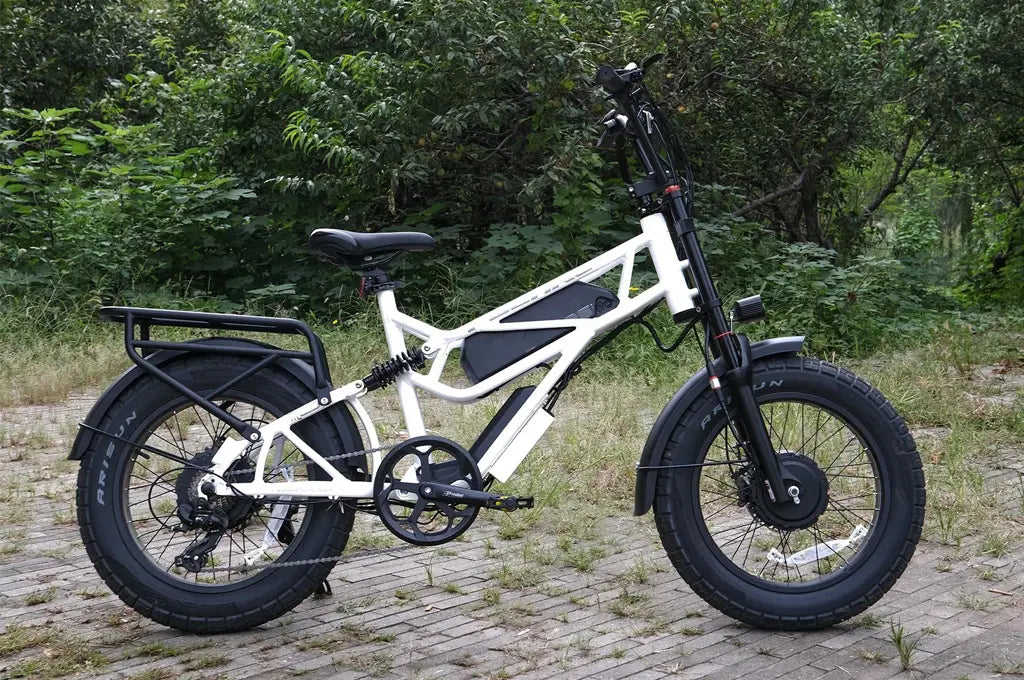
Spots Where The Car Taps Out, The Bike Just Keeps Going
